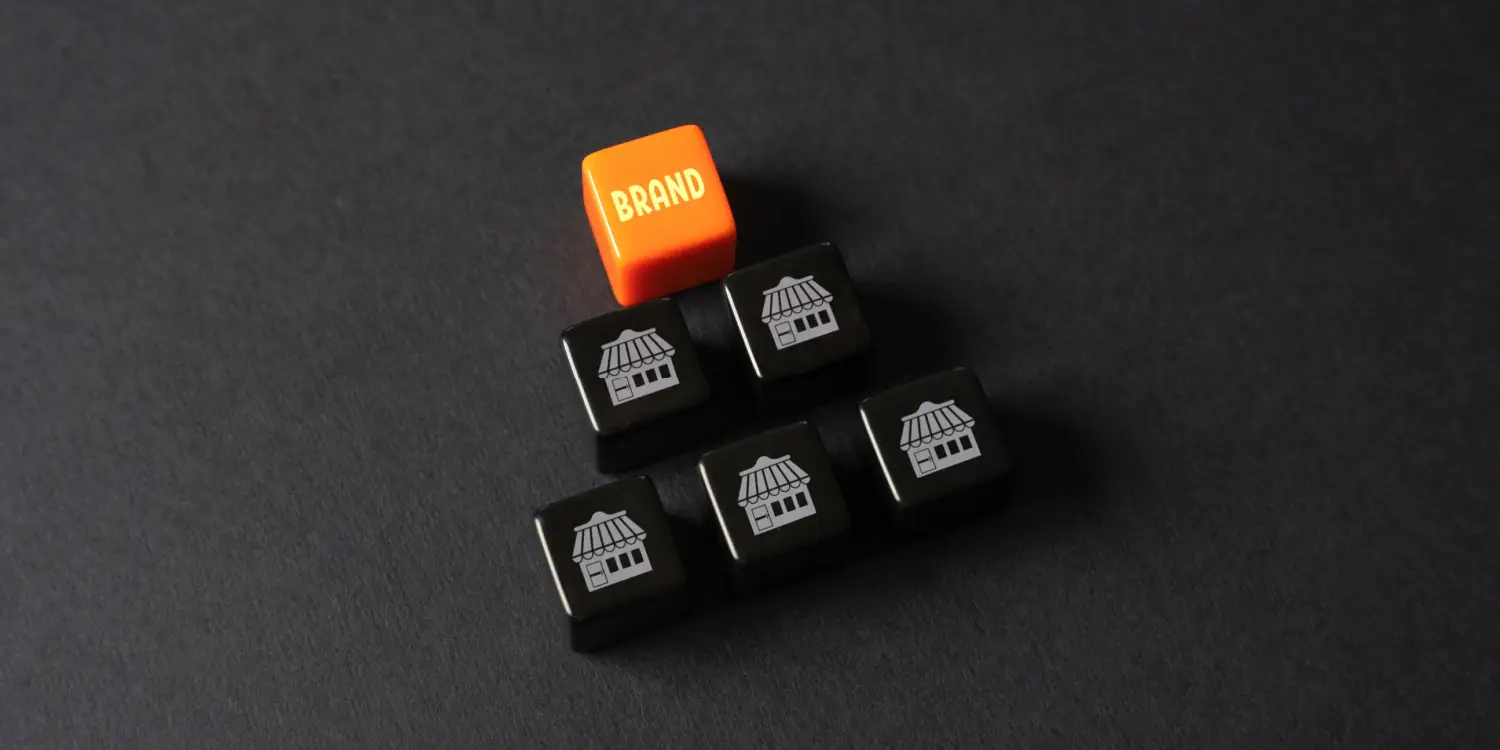As technology develops rapidly, brand builders can leverage exciting tools to accelerate different aspects of their online business. Ranging from chatbots to help manage customer service requests to machine learning-powered predictive analysis and insights to drive growth, using the latest trends in technology is a great way to build and scale an e-commerce brand.
While the rapid growth of technology has provided e-commerce brands with many tools to spark innovation, it also offers bad actors a more remarkable ability to commit nefarious activities. Chief among these activities is the production of counterfeit goods.
An excellent example of how counterfeiters, aided by the latest tech tools, can act quickly to produce knockoffs can be seen at the ongoing 2024 Olympic Games in Paris.
As reported by Reuters, during the event, French authorities confiscated 63,000 items of counterfeit clothing. It is estimated that counterfeit branded clothing costs companies in France alone more than USD 1.83 billion. Globally, according to U.S. Customs and Border Protection, the total value of counterfeit goods exceeded $3 trillion in 2022.
Counterfeiting is just one of the tech-driven challenges faced by e-commerce brands. Brands also face the threat of intellectual property (IP) infringement, third-party (3P) unauthorized selling, price erosion, organized retail crime, and more. As bad actors get savvier, monitoring their activities on many well-known and niche marketplaces is becoming harder and harder. This is why it has become vitally important that online businesses implement brand protection strategies to build consumer trust, maintain a positive brand image, and adhere to global IP laws.
Emerging Technology Trends in eCommerce Brand Protection
When using brand protection tools to stop bad actors, growing e-commerce brands can look to big-name companies such as Nike, Microsoft, and Louis Vuitton as trailblazers. Nike, for example, is an iconic brand and a prime target for counterfeiting. According to the Daily Mail, Nike loses around $3.6 billion annually in lost revenue due to counterfeiting. To fight this, Nike works closely with major e-commerce platforms like Amazon to identify and remove counterfeit products. These collaborations often involve sharing data and resources to detect better and eliminate listings for fake products.
If you use email daily, you have likely received a phishing email from an online scammer. From obviously phoney to incredibly convincing, these emails attempt to pass themselves off as legitimate communications and login portals from Microsoft to gather sensitive information. Microsoft responds to this threat using advanced software to detect and block phishing sites spoofing its login pages and email addresses. Microsoft Defender software, for example, detects and blocks billions of phishing emails annually. According to their Digital Defense Report, Microsoft software helped to block 70 billion email and identity threat attacks in 2022.
In the fashion world, luxury goods producer Louis Vuitton has been a victim of typosquatting, a form of cybersquatting in which bad actors register misspelt versions of the brand’s domain name. Using brand protection tools, Louis Vuitton could identify the registration of these domains and take legal action against the perpetrator. As a result, a federal jury in California awarded them $32 in damages.
Futures Trends in eCommerce Brand Protection
The above examples, citing Nike, Microsoft, and Louis Vuitton’s use of brand protection tools to defend against criminal activity in e-commerce, only scratch the surface of the exciting technologies entering the sector.
Amazon, for example, utilizes blockchain and Internet of Things (IoT) integrations to increase supply chain security as part of its Track and Trace initiatives. Other uses of technology in e-commerce include utilizing AI and machine learning to facilitate pattern recognition to identify counterfeit activities and use predictive analytics to anticipate potential threats. According to Fortune Business Insights, the global virtual fitting room market was valued at $4.79 billion USD in 2023 and is expected to grow to $25.11 billion USD by 2032. While providing consumers with a unique experience, augmented reality (AU) tools also work to ensure consumers are guided through interactive product authentication experiences. This deters counterfeiters from attempting to produce copies of their products.
The Bottom Line
As bad actors in e-commerce armed with the latest technology become savvier, brands must remain on the offensive to protect their customers and themselves. They should work to implement a strategy that includes monitoring to detect counterfeit products, enforcement action mechanisms to stop unauthorized sales with legal action, and collaborative efforts between industry partners and governments to take down bad actors.
Online brand protection software such as GreyScout is needed to succeed as an e-commerce brand. This software easily monitors online marketplaces to detect grey market and brand policy infringing activity on eCommerce marketplaces like Amazon, Walmart, and eBay and helps stay one step ahead of tech-savvy infringers.

